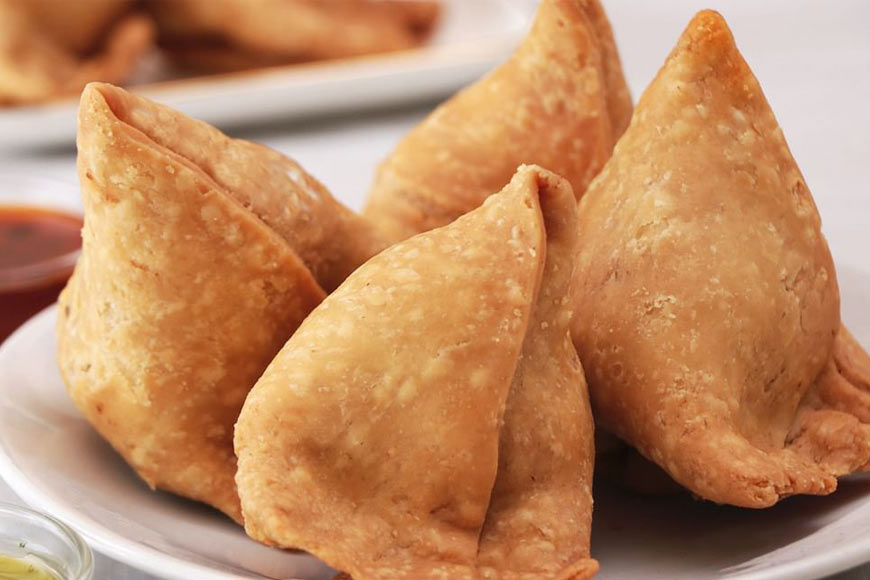Adventurous journey of globetrotter ‘Shingara’ from Central Asia to Bengal

Are you missing Bengal’s favourite Phoolkopir Shingara? Or even the Maacher or Fish Shingaras on a monsoon afternoon? Well, this favourite tea-time snack of every Bengali has an exotic history attached to it. The neatly folded, tightly packed savoury goodness that we thought belonged to South Asian soil actually travelled here all the way from Central Asia, centuries ago. But the amazing skill of Shingara also called Samosa in other parts of India, to adapt itself to local tastes has ensured its berth among other culinary brethren and became one of Bengal’s favourite snack.
This is one food that has travelled long distances, and like any globetrotter, has left its footprints along the way. From Egypt to Libya and from Central Asia to India, the stuffed triangle with different names has garnered immense popularity. Originally named Samsa, after the pyramids of Central Asia, historical accounts also refer to it as sanbusak, sanbusaq or even sanbusaj, all deriving from the Persian word, Sanbosag.
In South Asia, it was introduced by the Middle Eastern chefs during the Delhi Sultanate rule, although some accounts credit traders for bringing the fare to this part of the world. Nevertheless, from its humble beginnings — in older days, people would cook the mince-filled triangles over campfire and eat them as snacks during travel — shingara has come a long way. And after having earned the blessings of the Indian royalty, the snack soon became food fit for the king.
In Kazakhstan, for example, a somsa is typically baked and has a thicker, crumblier crust. Fillings generally range from minced lamb and onions, meat, and even pumpkin. The Hyderabadi luqmi, on the other hand, is strictly meat-filled and far crustier than the regular samosa consumed elsewhere in India and Pakistan. In the Middle East, the semicircular sambusak is stuffed with feta cheese, onions, minced chicken and meat, spinach, and in case of Jewish cuisine, mashed chickpeas.
In the 16th-century, the Portuguese arrived in India and they introduced potato to this subcontinent. This vegetable revolutionized the food culture of the country. Potato became the main filling in Bengal’s shingara. But there are samosas and there are shingaras. Samosas are big, bold and spicy. The potato inside is mashed and tempered with dhaniya, jeera, garam masala and chaat masala and made fragrant with chopped dhaniya. As for shingara, they are smaller than the samosas, small cubes of potatoes, fried peanuts, bits of diced coconut pieces and spiked with fried spices with a sprinkling of roasted cumin in a bite size maida patty, fried in ghee with a subtle sweetness from behind the masalas.
For those, who are willing to toil and master the art, the varieties they can experiment with knows no limits. From the regular, meat/potato stuffing to fish, shrimps, spinach, corn and peas, to sweet halwa or coconut filling, the list of shingara fillings is endless. But one way to sum up the shingara/samosa confusion is recollect what Shakespeare had said centuries’ ago, “What's in a name? That which we call a rose / By any other name would smell as sweet.”









